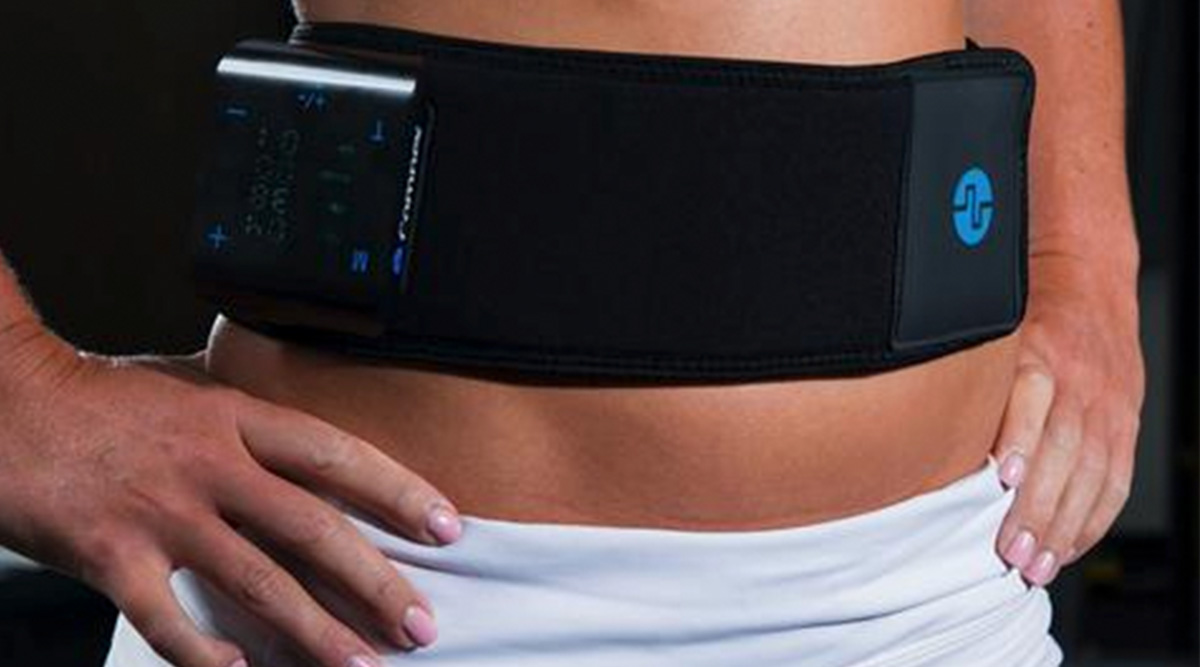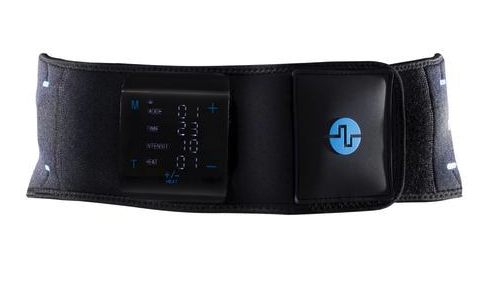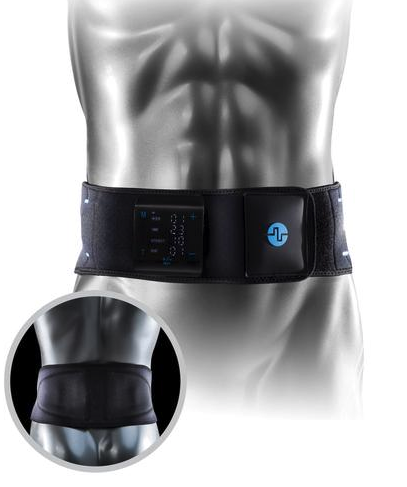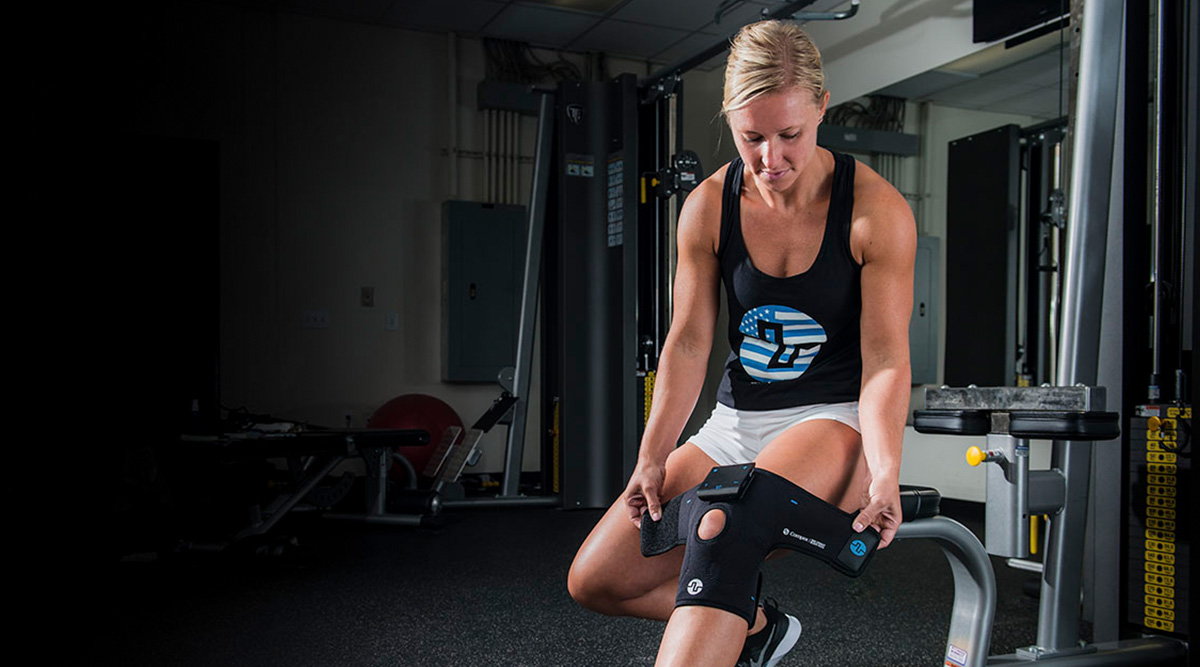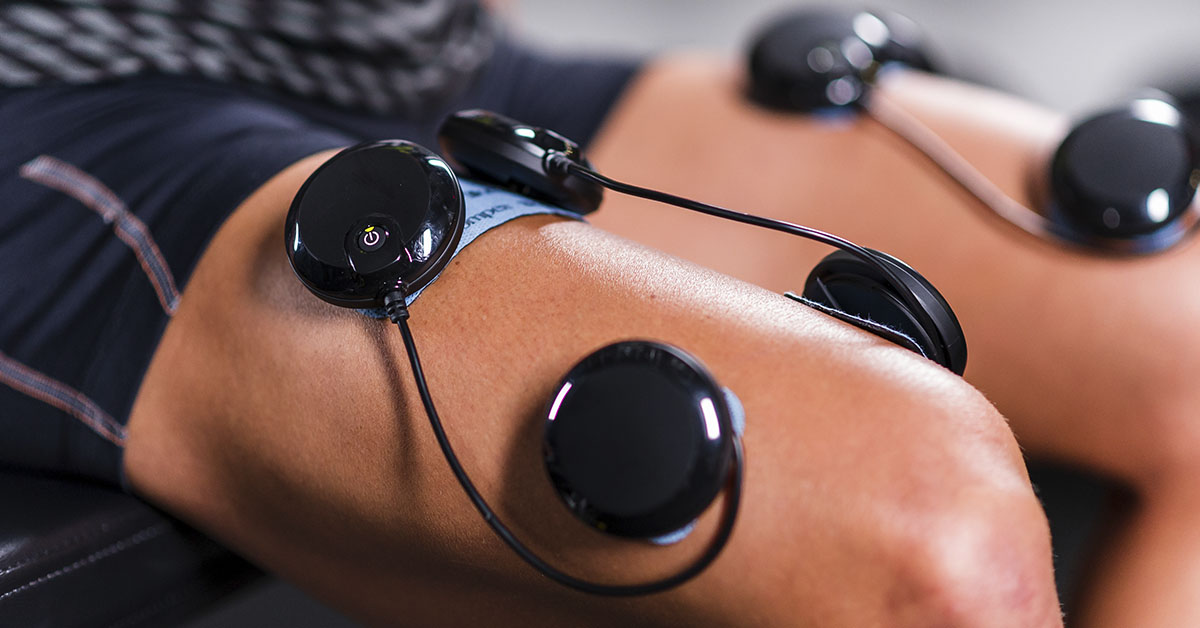Yep, it’s true. Lifting weights the wrong way or carrying an overloaded backpack can kill your back. But the complex combo of muscles, tendons, and vertebrae that make up your back can become seriously strained in other ways… like sitting.
Even if you’re an athlete, chances are you’re hunched over your desk for eight plus hours a day at work, sit some more while you commute, and lounge around watching The Redeemed and the Dominant or the latest episode of The Journey for another hour in the p.m. According to a recent survey, Americans spend an average of 13 hours a day sitting. And (you guessed it) 13 hours a day of bad posture can lead to faulty ergonomics and a host of other painful back issues.
The American Chiropractic Association predicts low back pain is the single leading cause of disability worldwide and that about 31 million Americans experience lower back pain at any given time — and this is just the U.S. The ACA also notes back pain, in general, is one of the most common reasons for missed work, and as many as 80 percent of us will experience pain in our backs at some point in our lives. Add those stats up and we’ve got a back pain epidemic.
That’s where the Compex Electronic Heated Back Wrap comes in.
This wireless device is specifically designed to be used as temporary pain relief for the muscles in the back, shoulders, waist, arms, and legs — or as part of a chronic pain management tool for those suffering from arthritis. It combines electrical nerve stimulation and heat to support recovery and pain management.
Heat therapy has been used for centuries to combat backaches, muscle pain, joint discomfort, cramps, and more. In an era of cryotherapy and ice baths, heat has proven time and time (and time and time) again it has a science-backed place in pain management and the healing process. Its effectiveness lies in its ability to penetrate deep into the muscle right where it hurts, to relax and soothe the muscles. Applying heat to the muscles and joints also encourages blood flow to the area, which brings nutrients to the issue-area to reduce pain.
TENS (or Transcutaneous Electrical Nerve Stimulation) has been shown to be an effective treatment for a variety of painful conditions.
In summary: it really works.
And (bless up) putting it on doesn’t take a biomedical engineering degree. First you open the brace and spray a hydrogel or moisturizer over the conductive circuits, then you center the belt around your lower back and velcro it shut. Once you’re sporting your wrap ninja-style, it’s time to apply the control unit to the wrap.
“Control unit” may sound cumbersome and intense, but it basically a lightweight, iPhone-sized controller that allows you to manipulate the heat and intensity with little plus and minus buttons for eight different settings.
Wondering how the controller attaches to the belt? There are two sets of magnetic snaps, and in “It’s so easy a caveman could do it” fashion, the gold snaps match the gold snaps and the silver snaps match the silver snaps. Badabing, badaboom. It’s that user-friendly. (Take note, manufacturers, a little simplicity goes a long way in making an athlete happy).
But is it for you? It depends. This device is for you if you often suffer from backaches, muscles spasms, lower back tightness, or you have arthritis. This device is not for you if: you have a cardiac pacemaker, implanted defibrillator, or other implanted metallic or electronic device (because the product may cause electric shocks, burn, or interference). FYI, this product is meant exclusively for pain management and is not intended to be used as a treatment for any medical conditions.
Want to check it out? It’s available in two different sizes at The WOD Life here.

